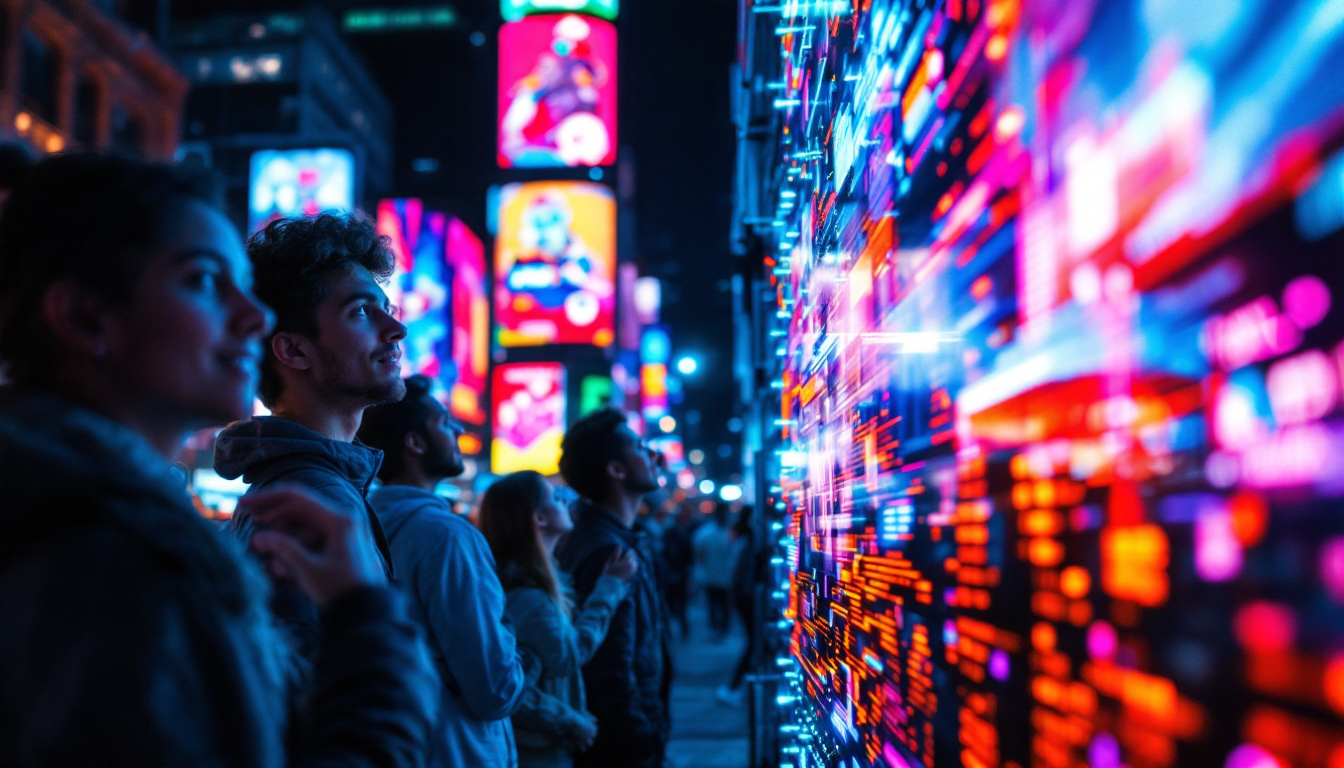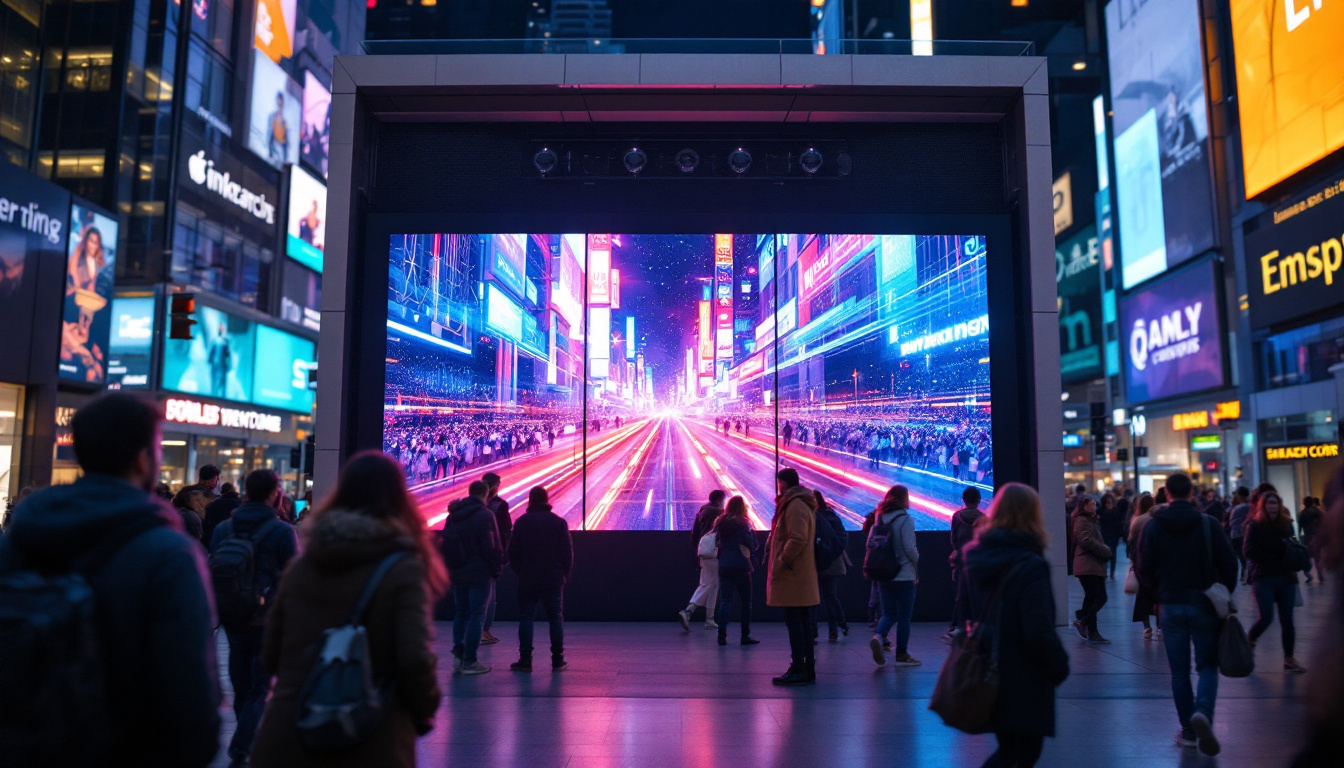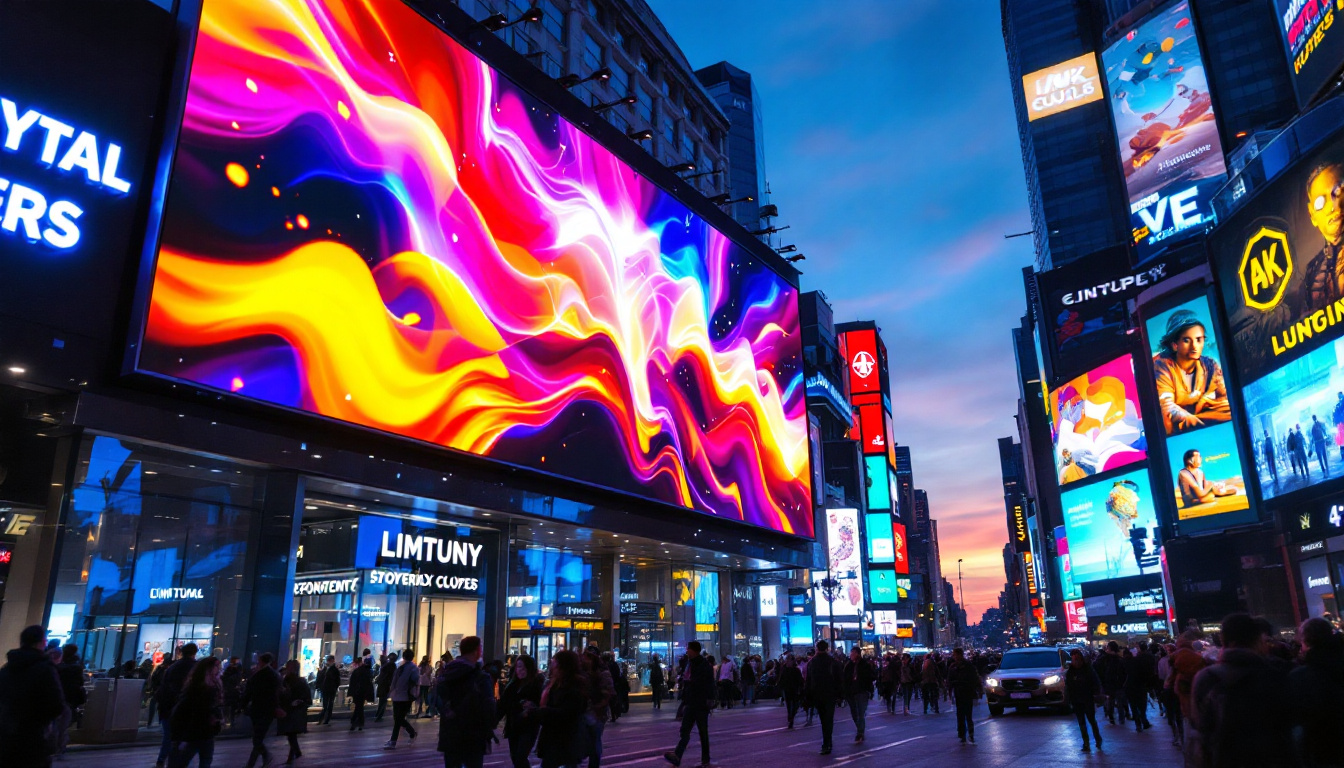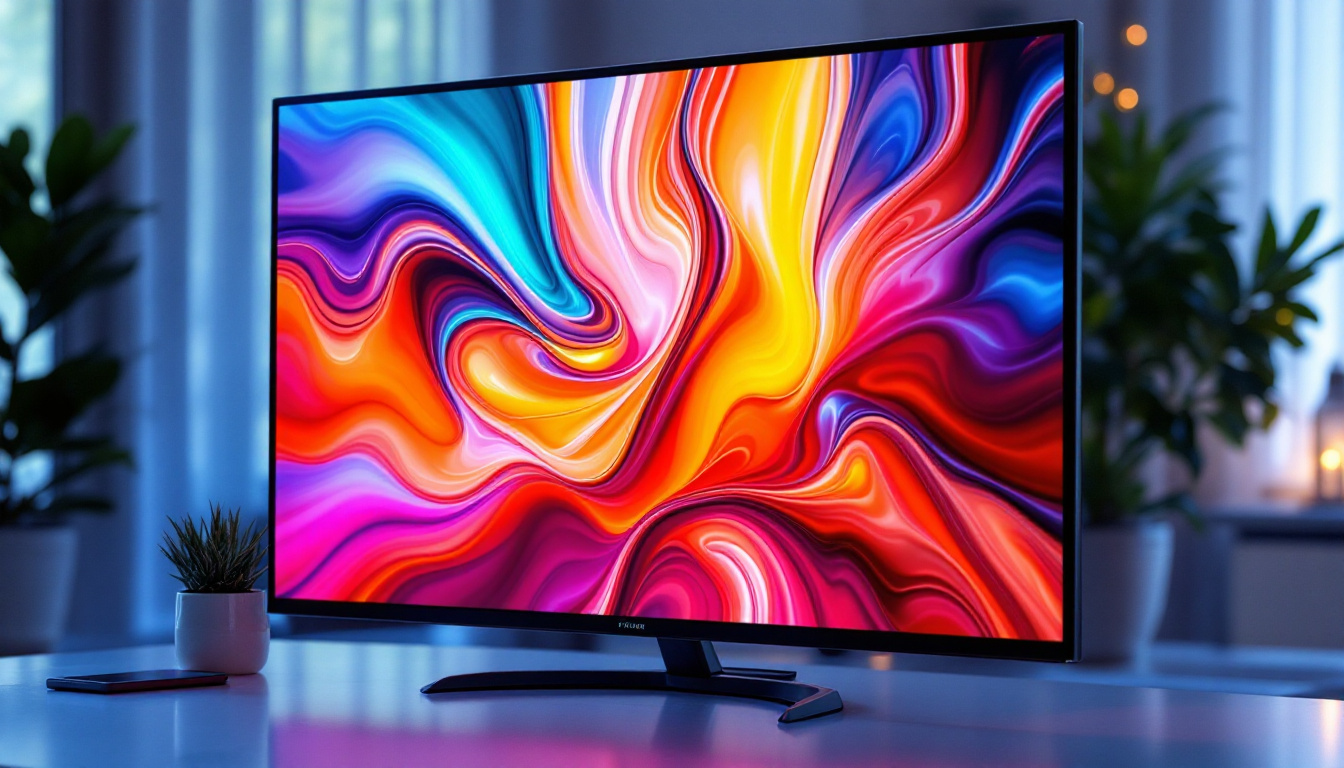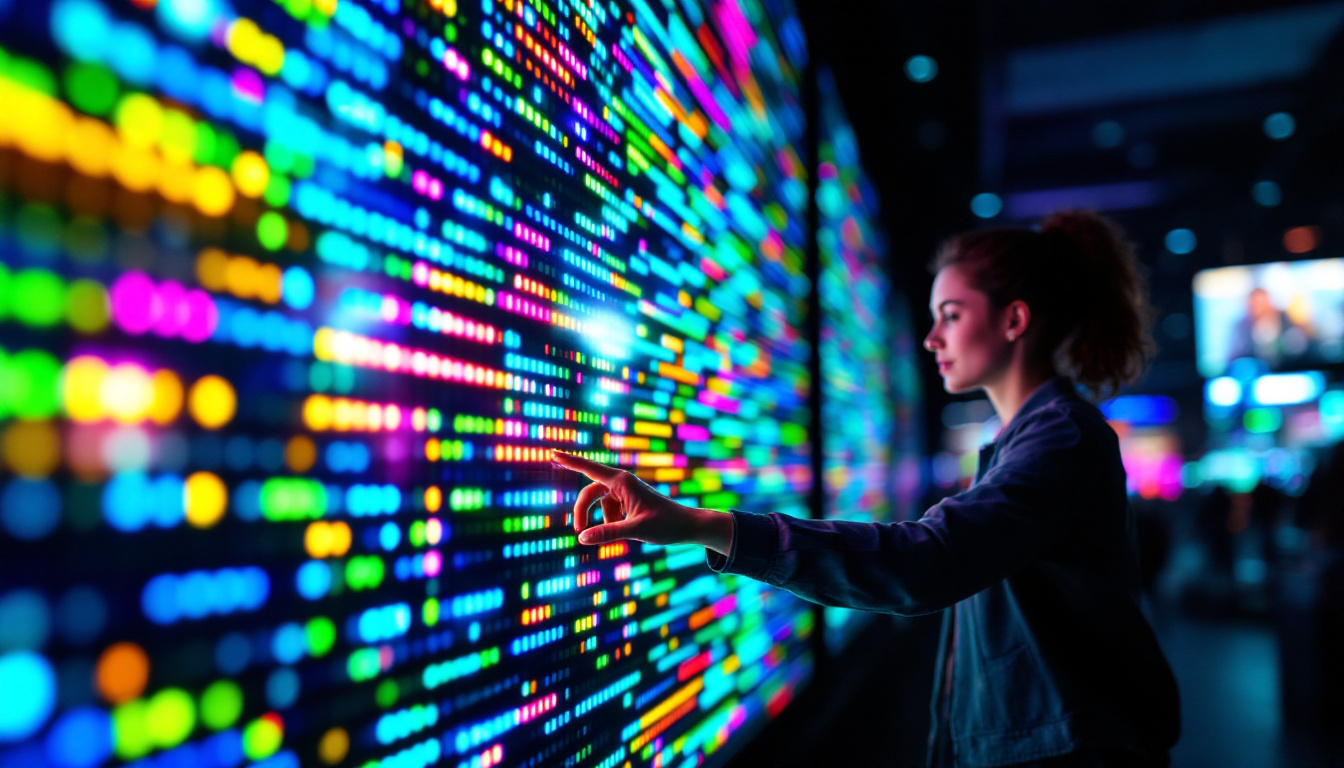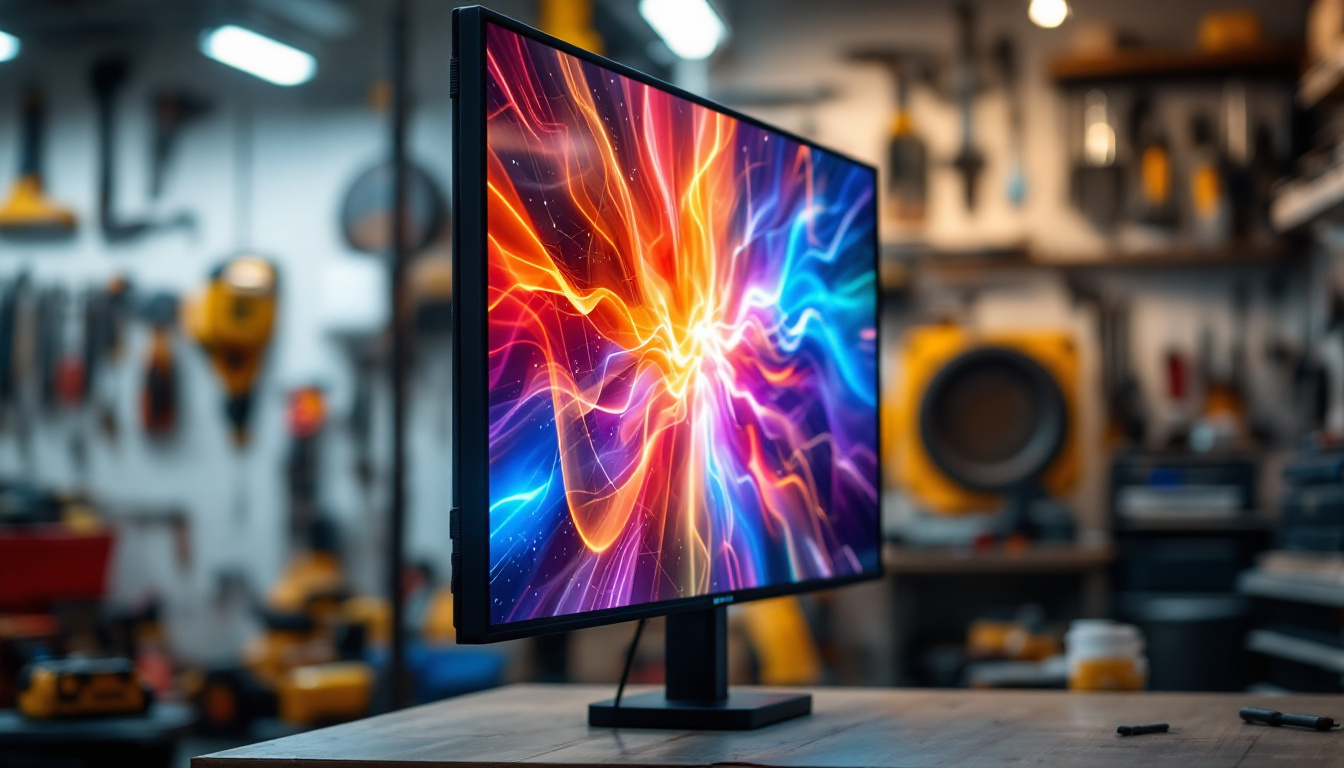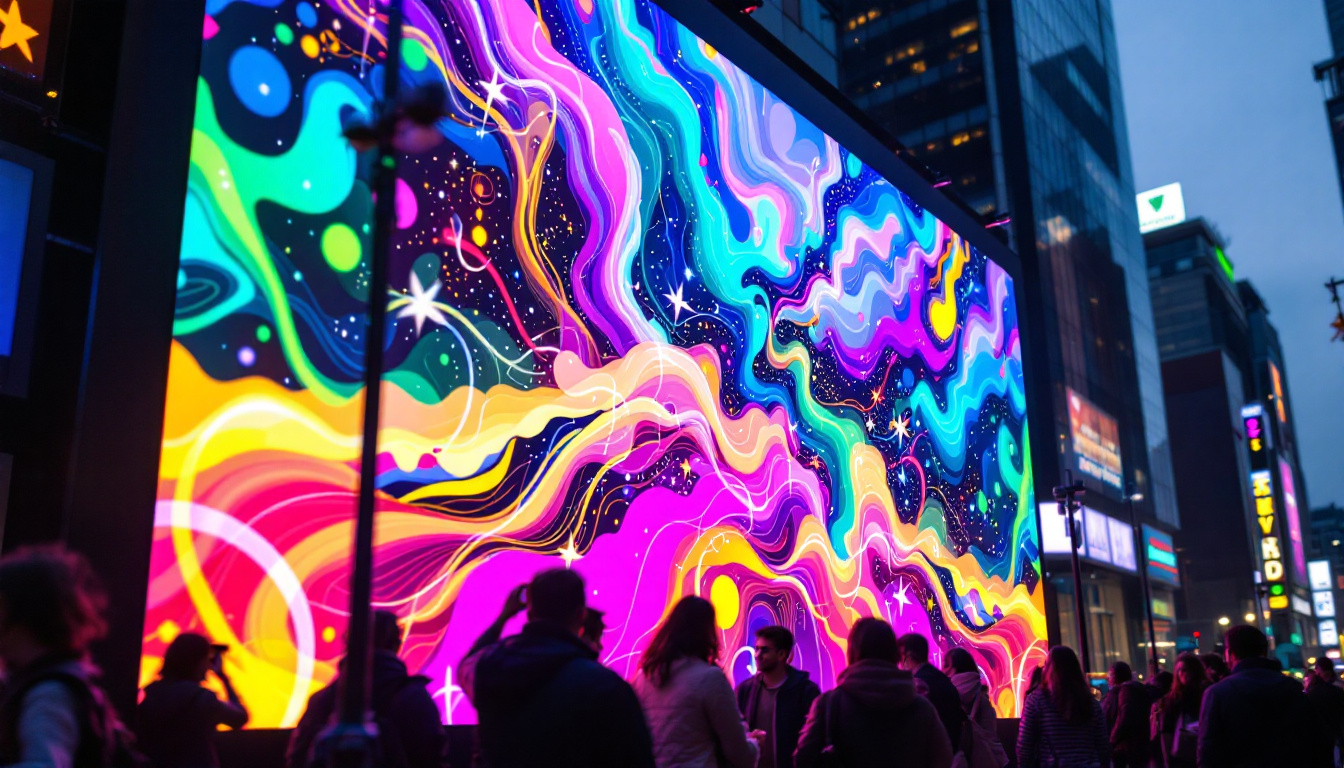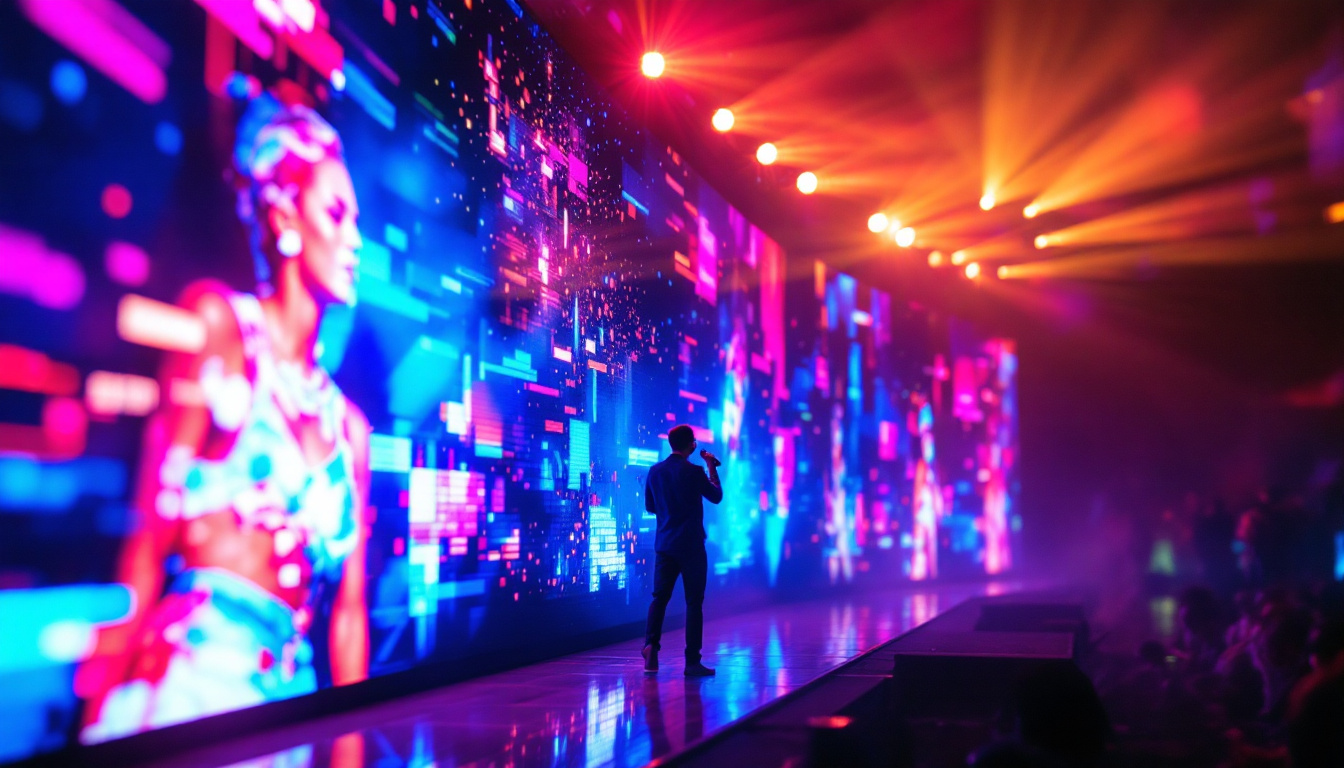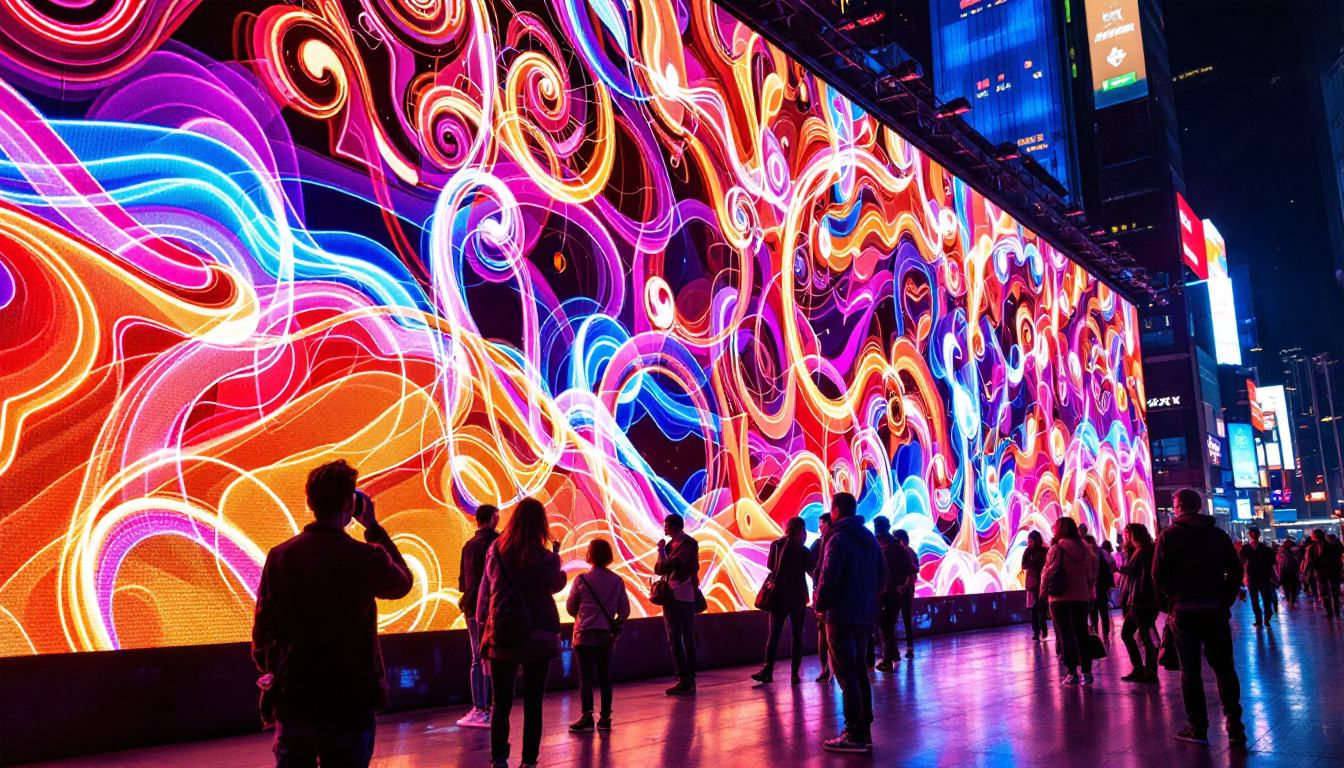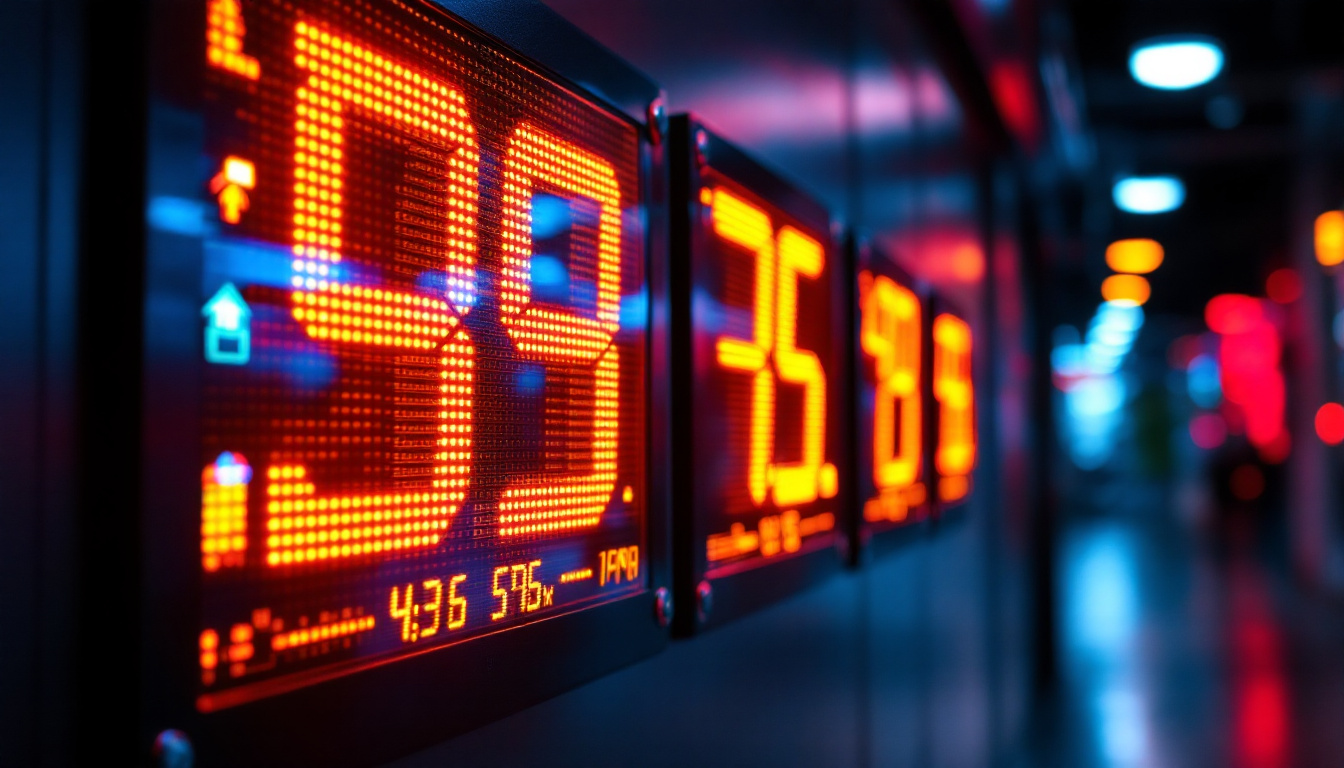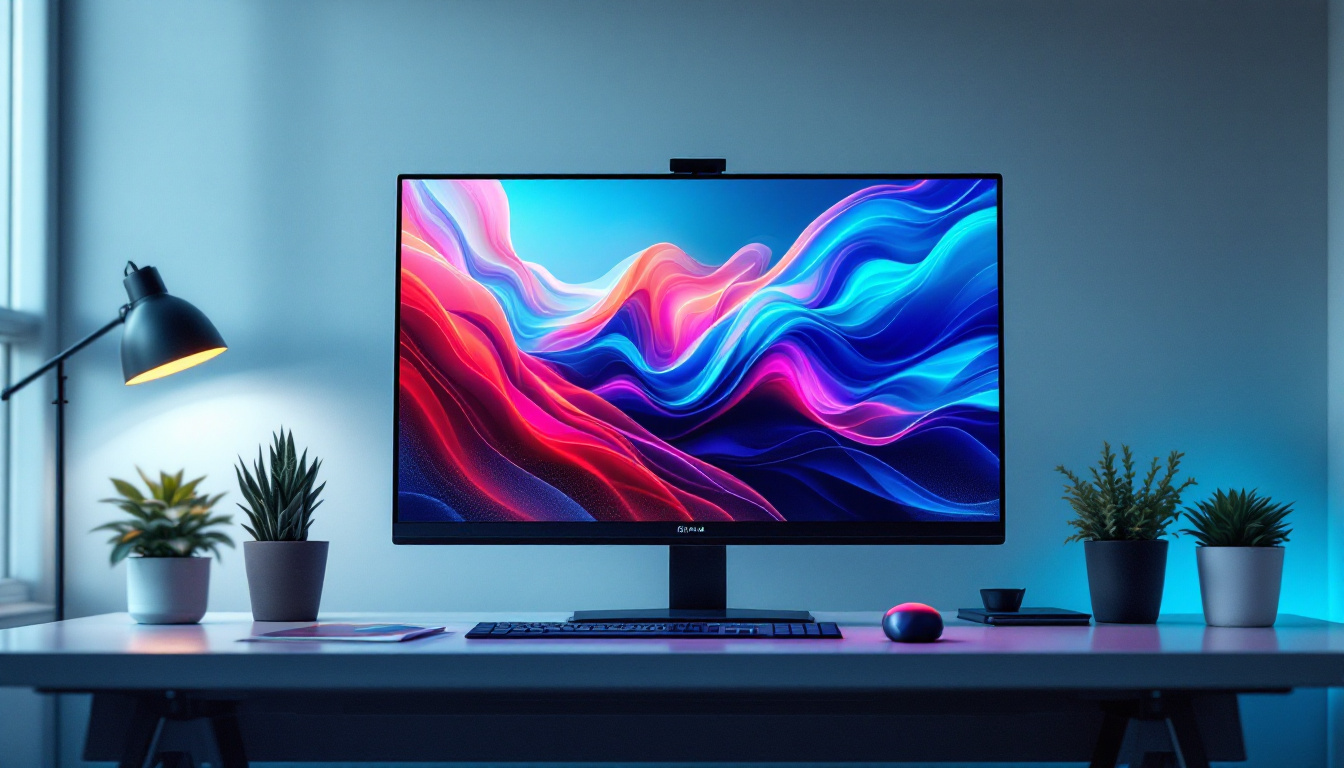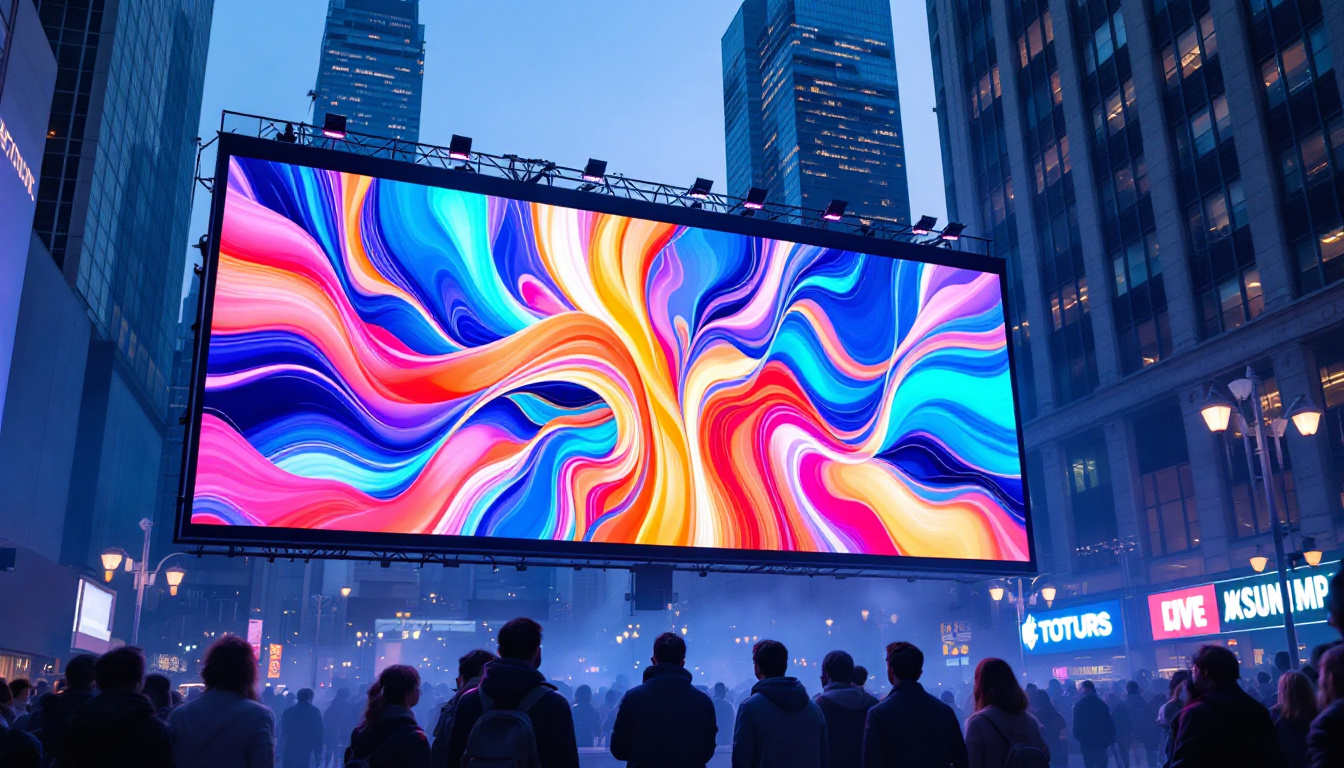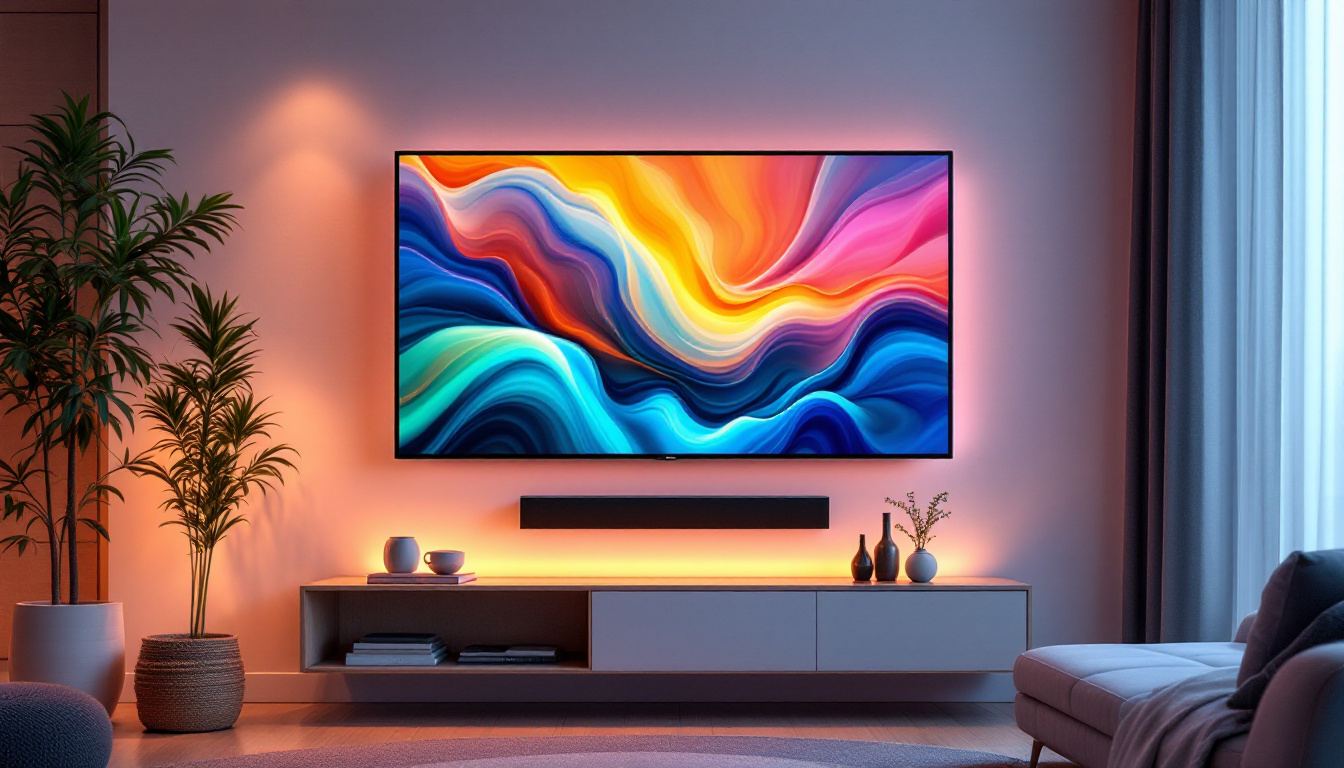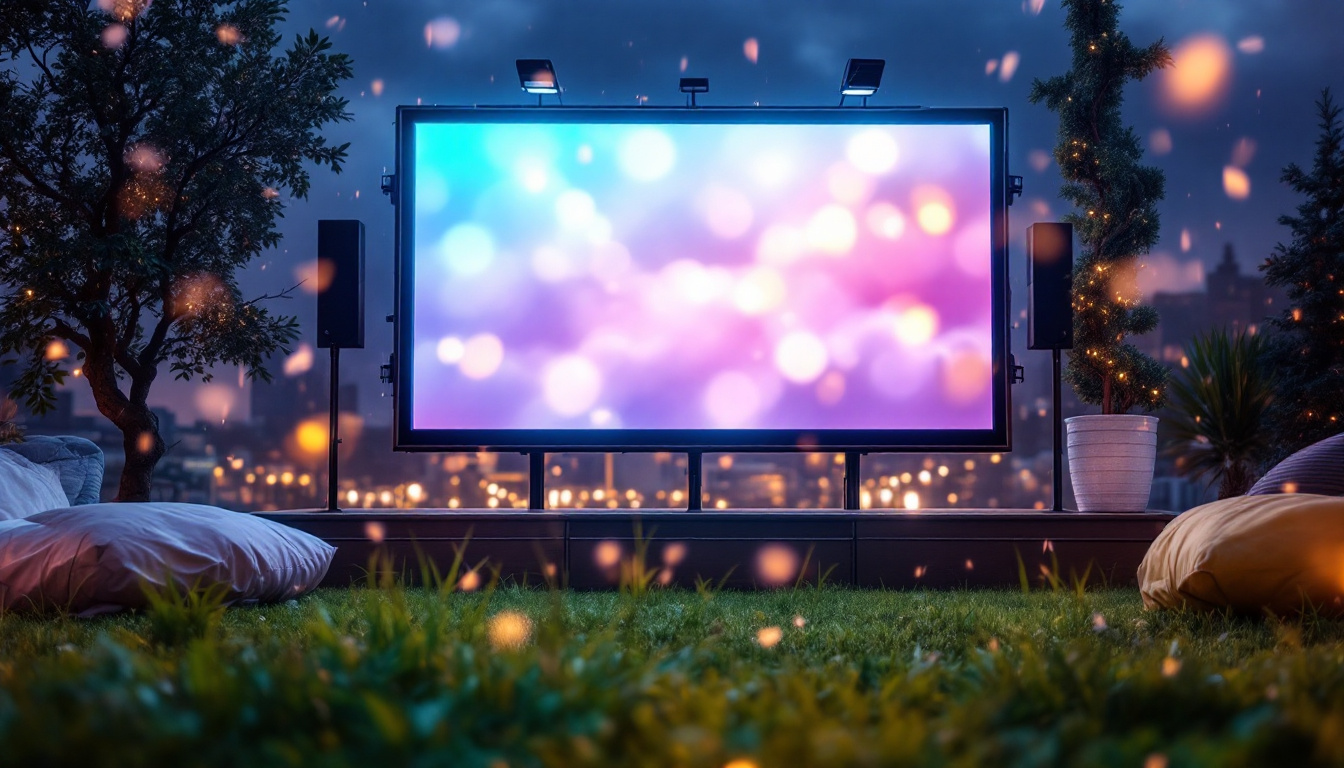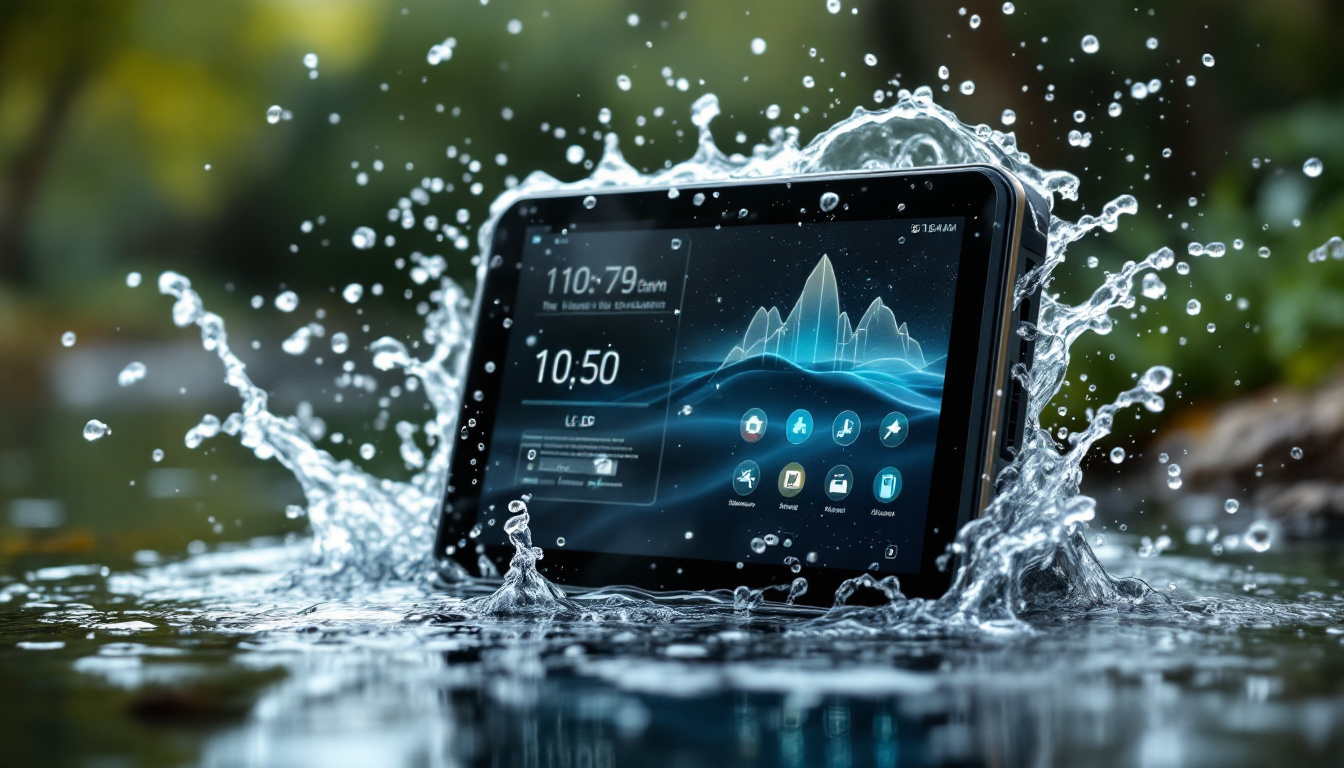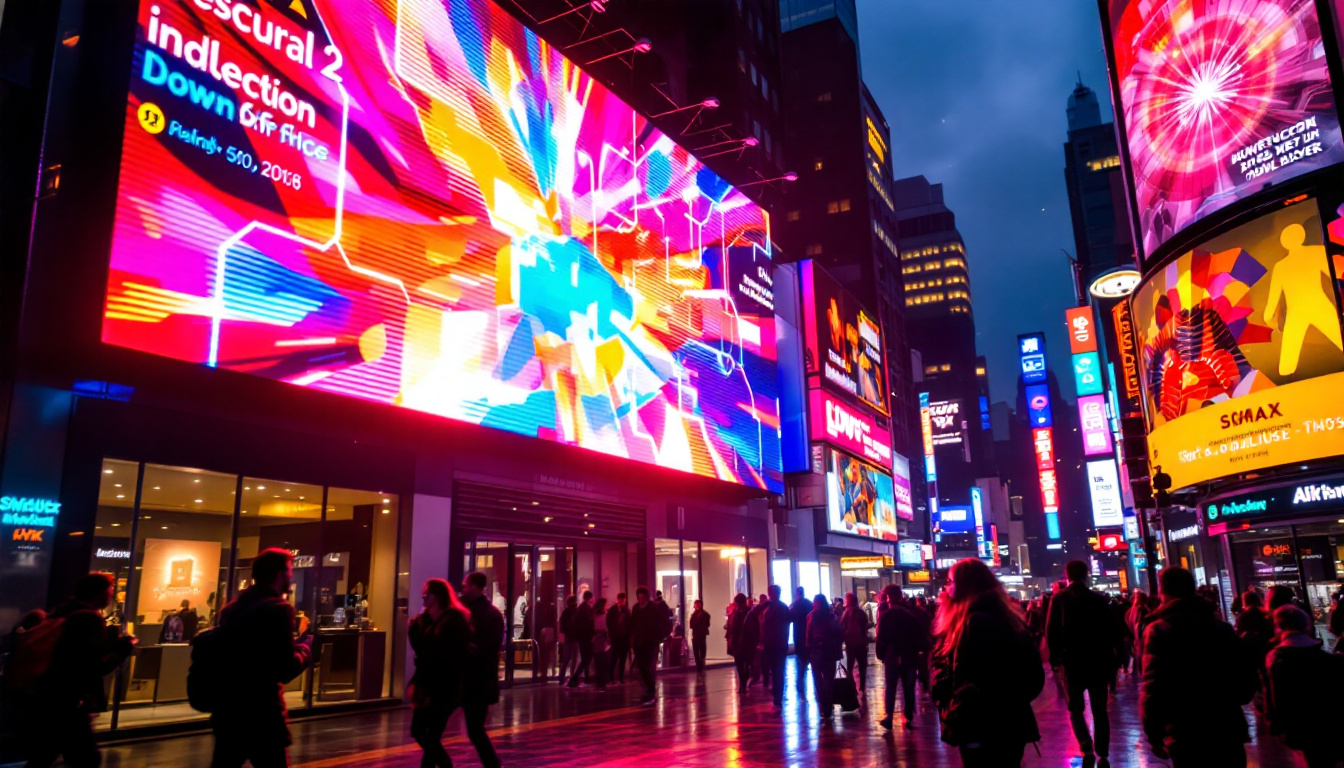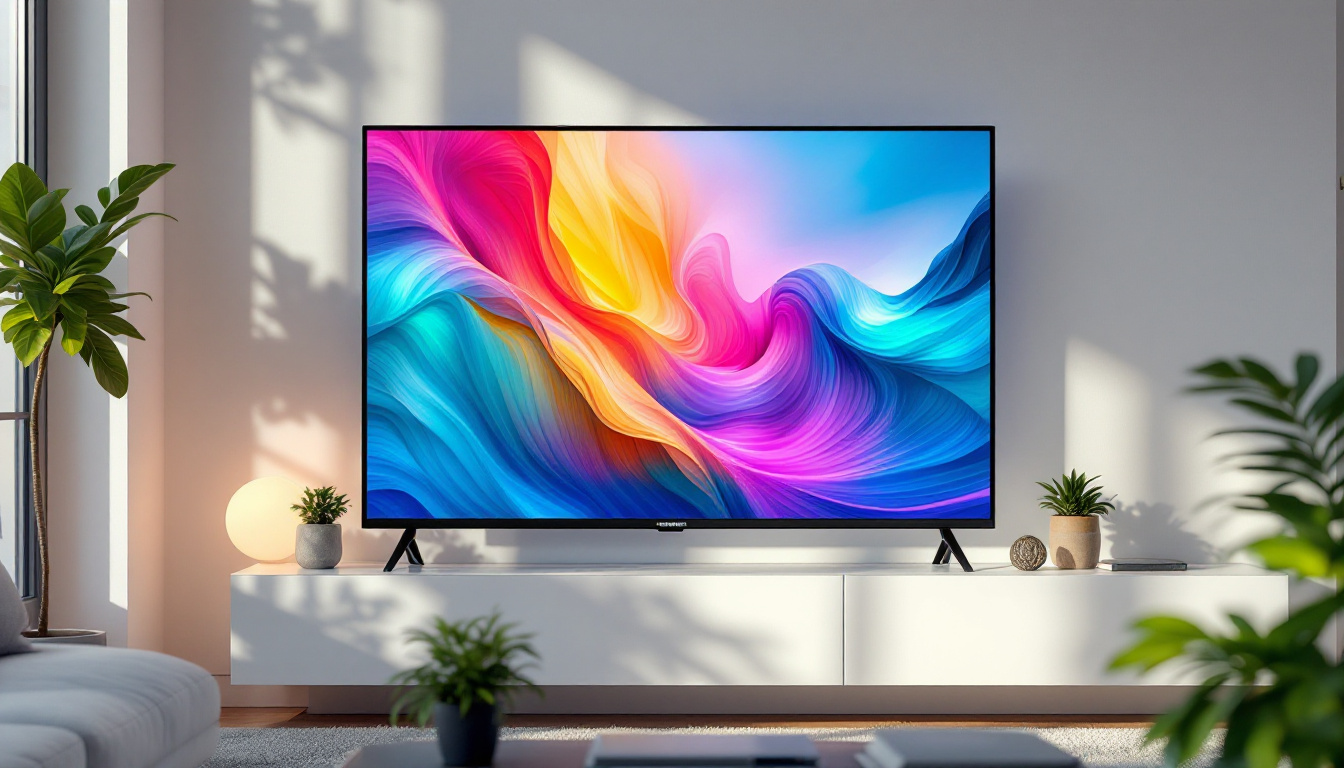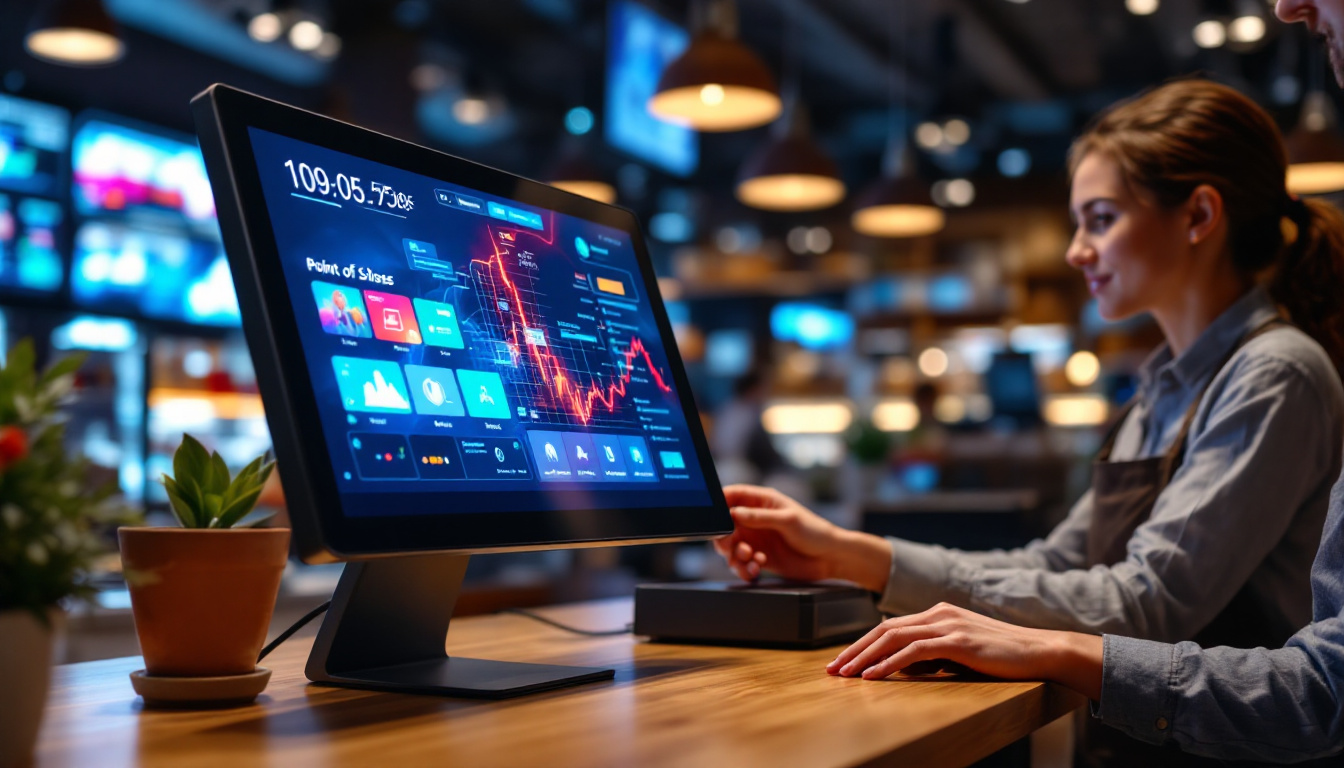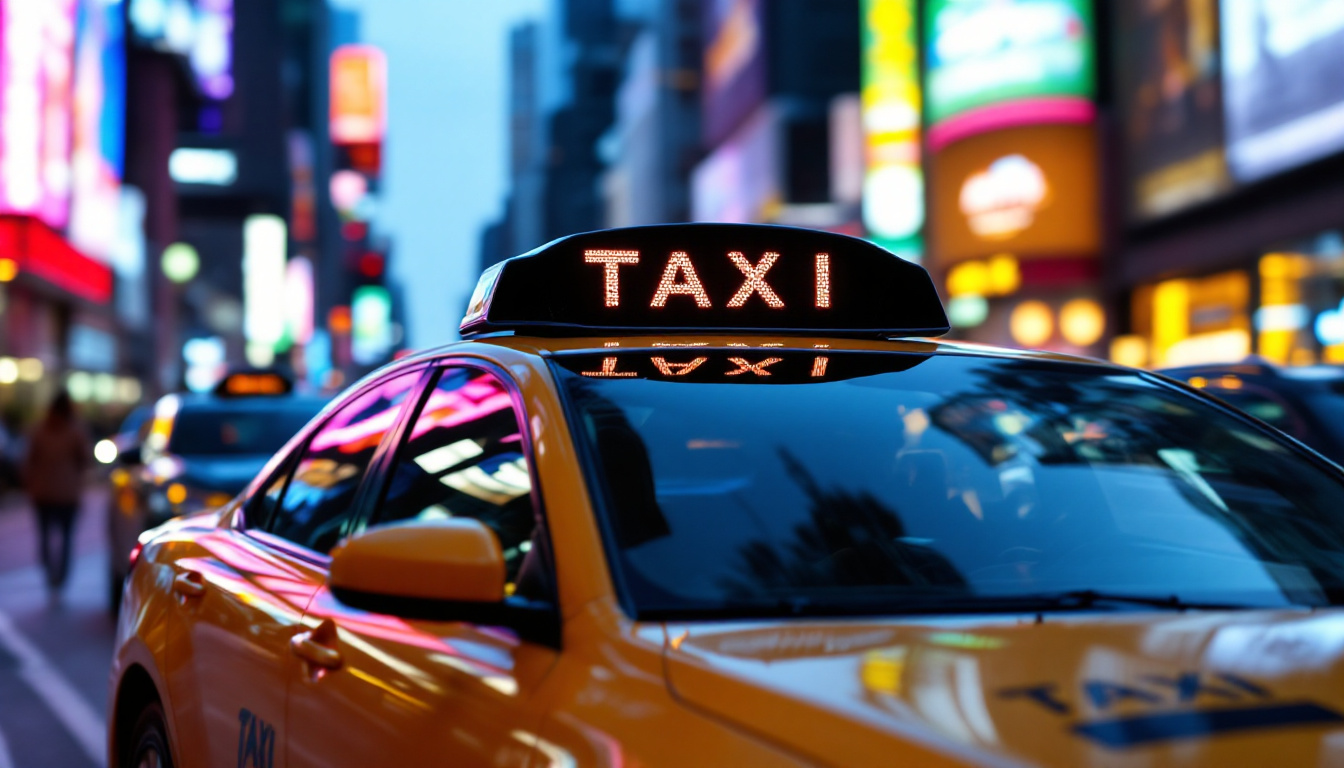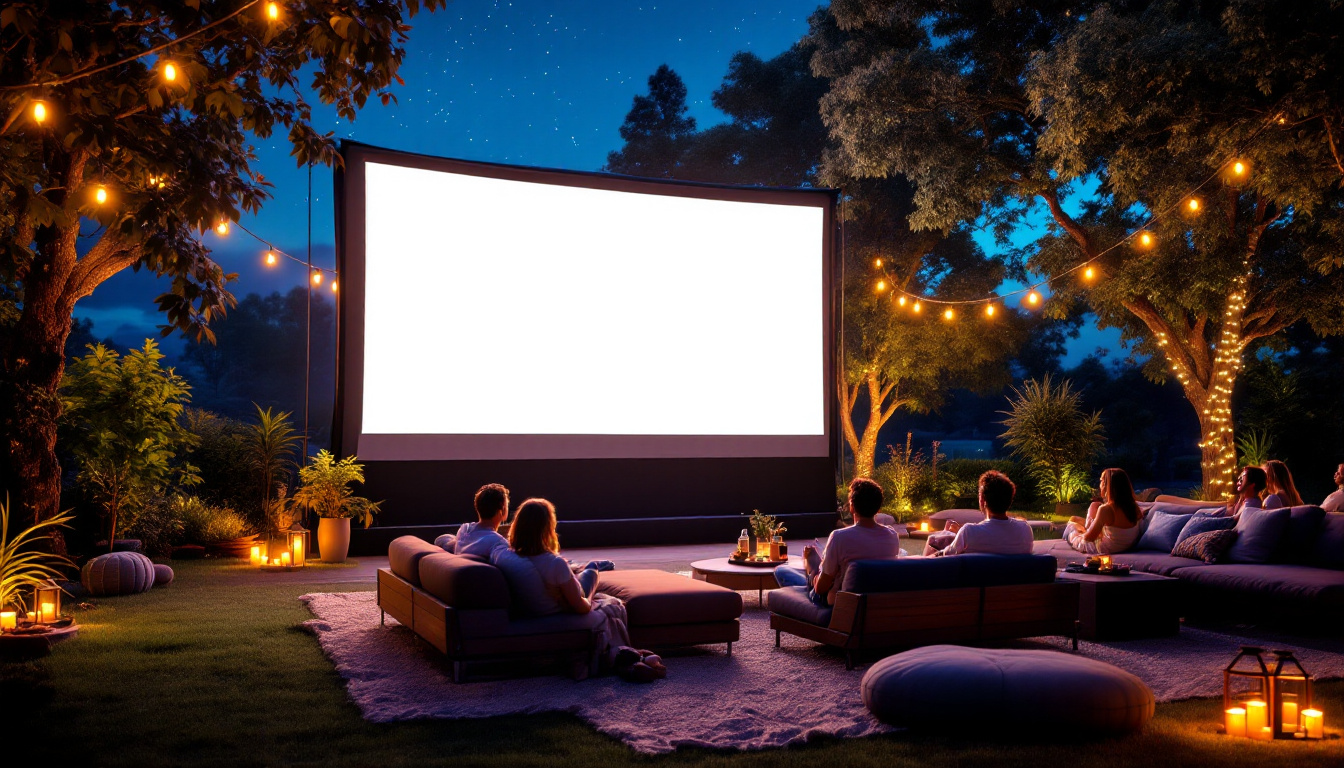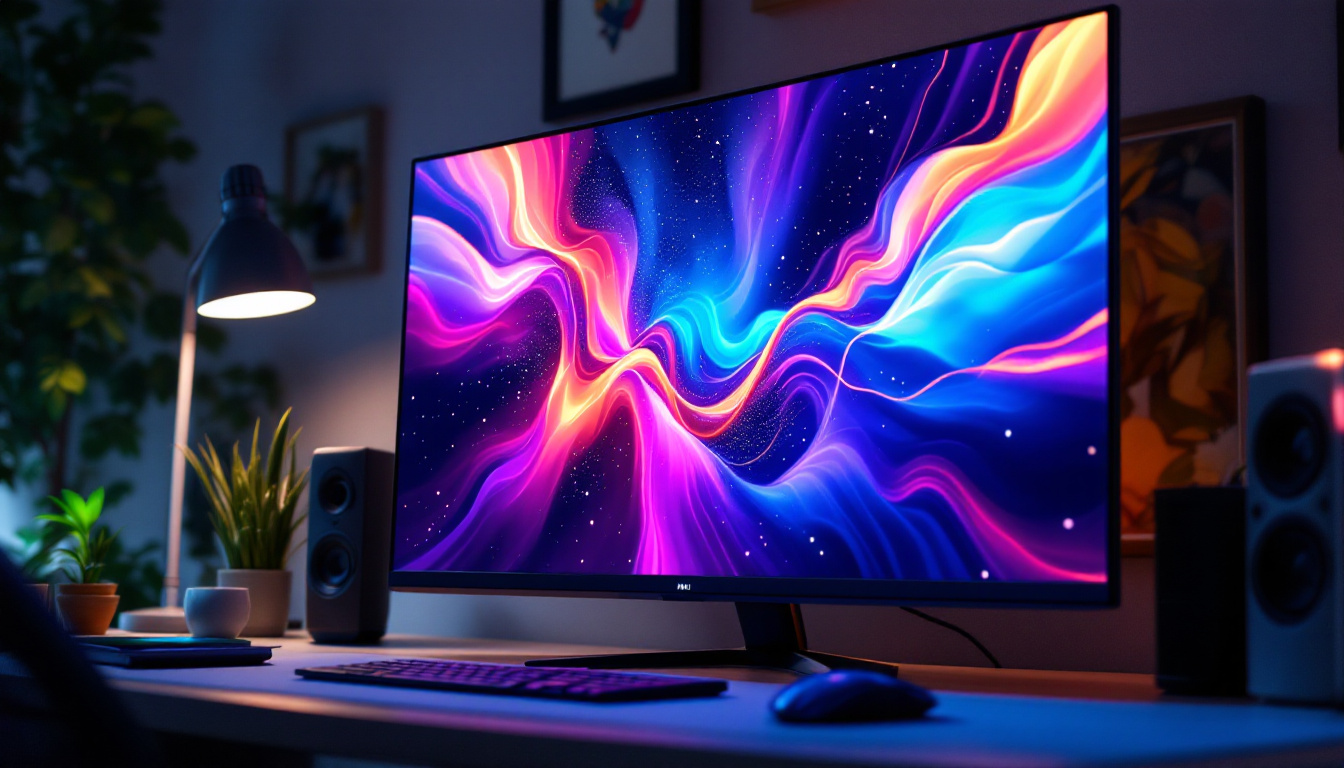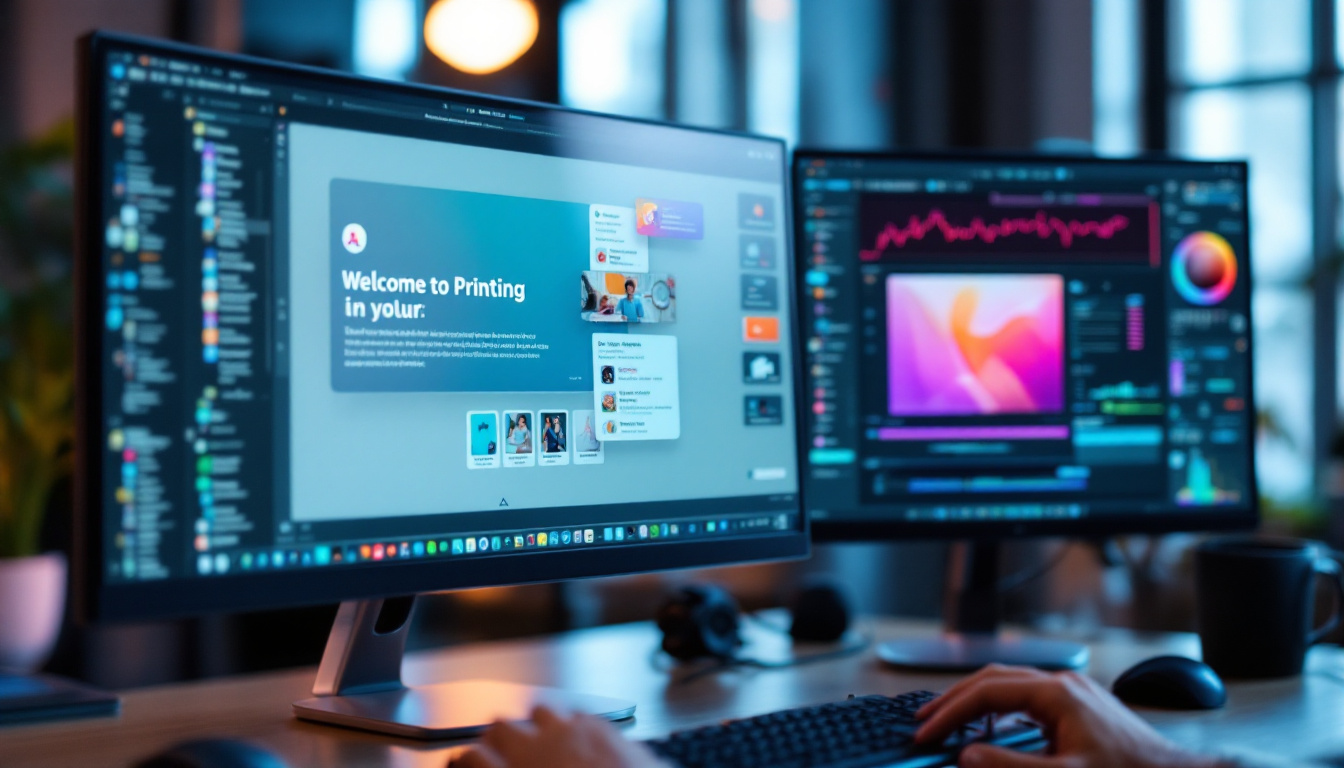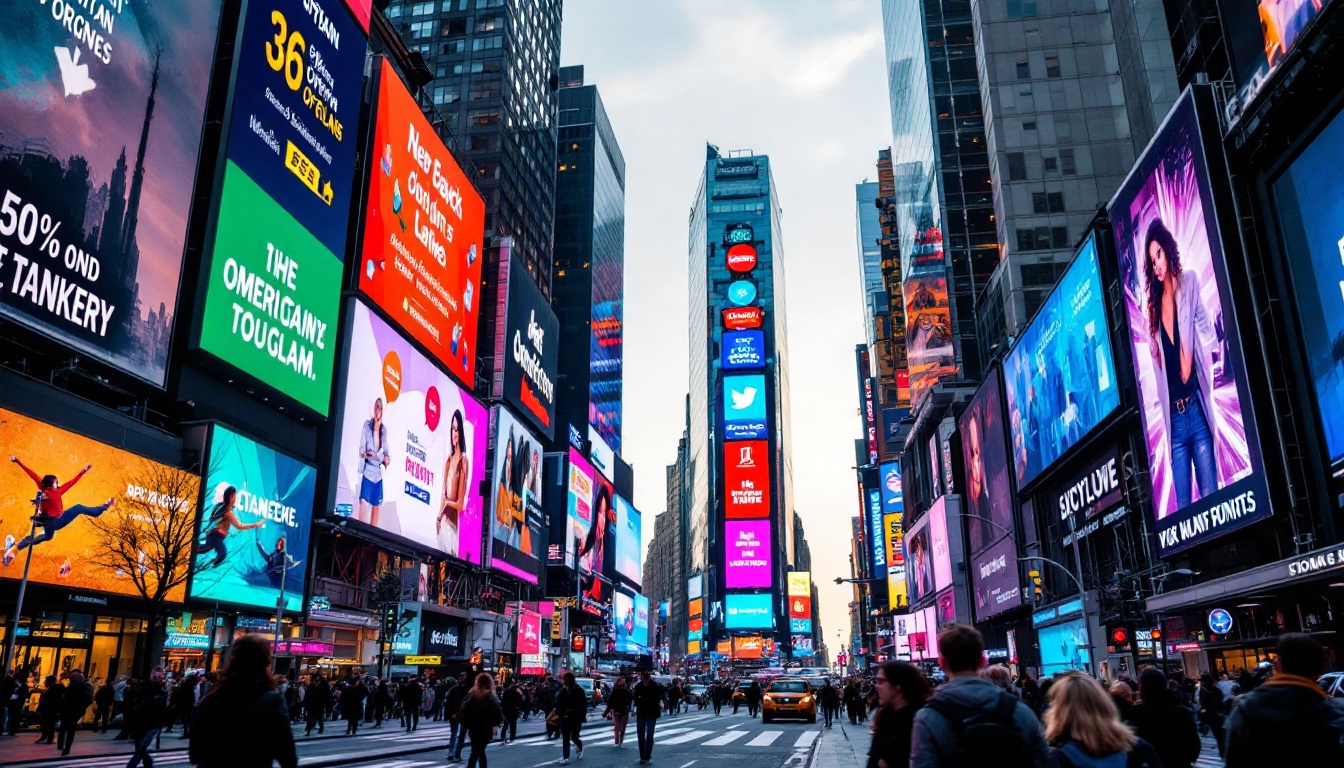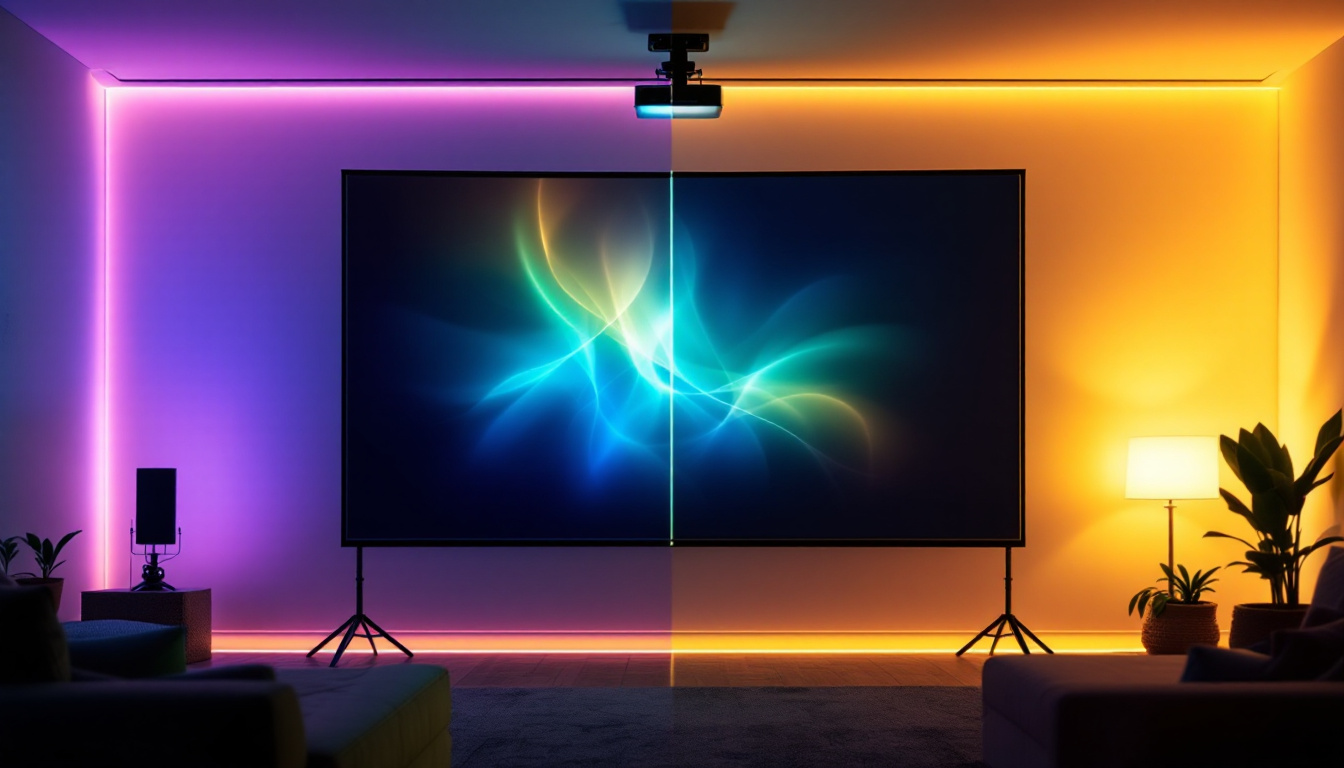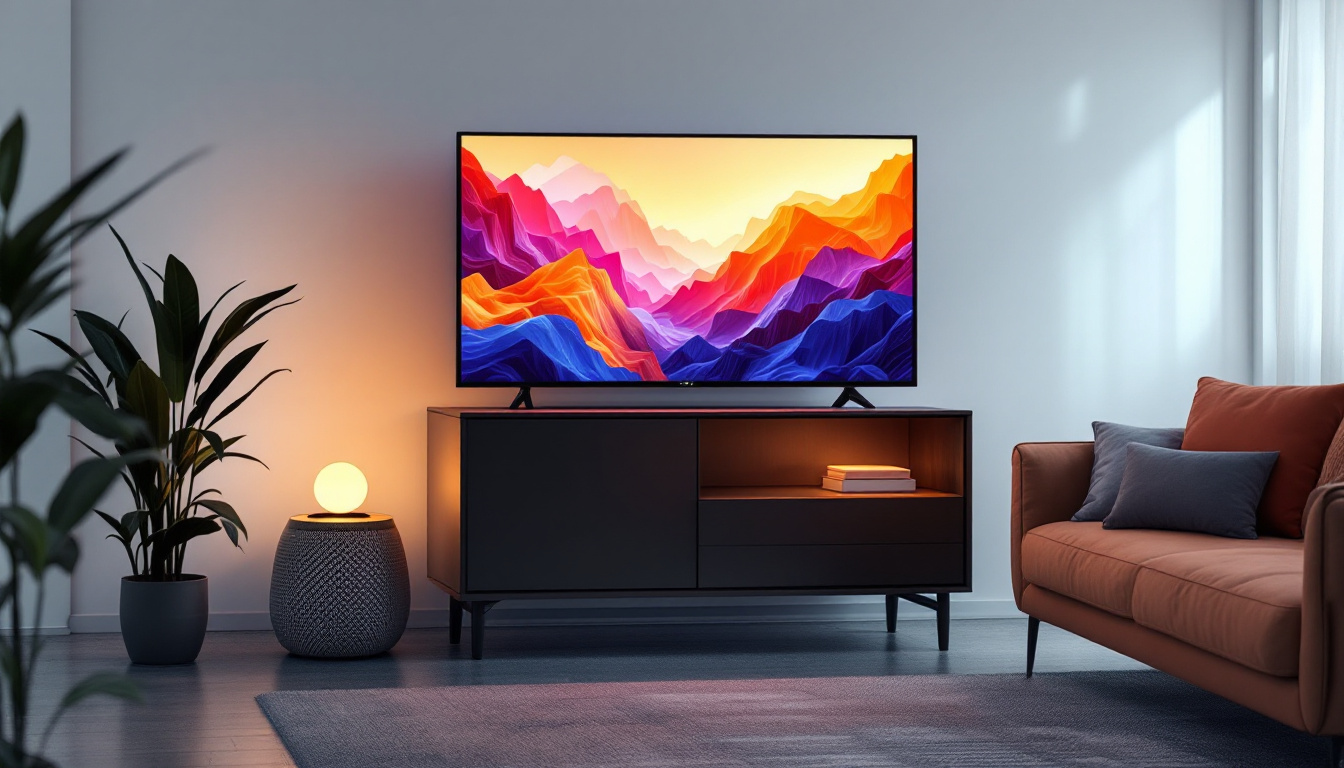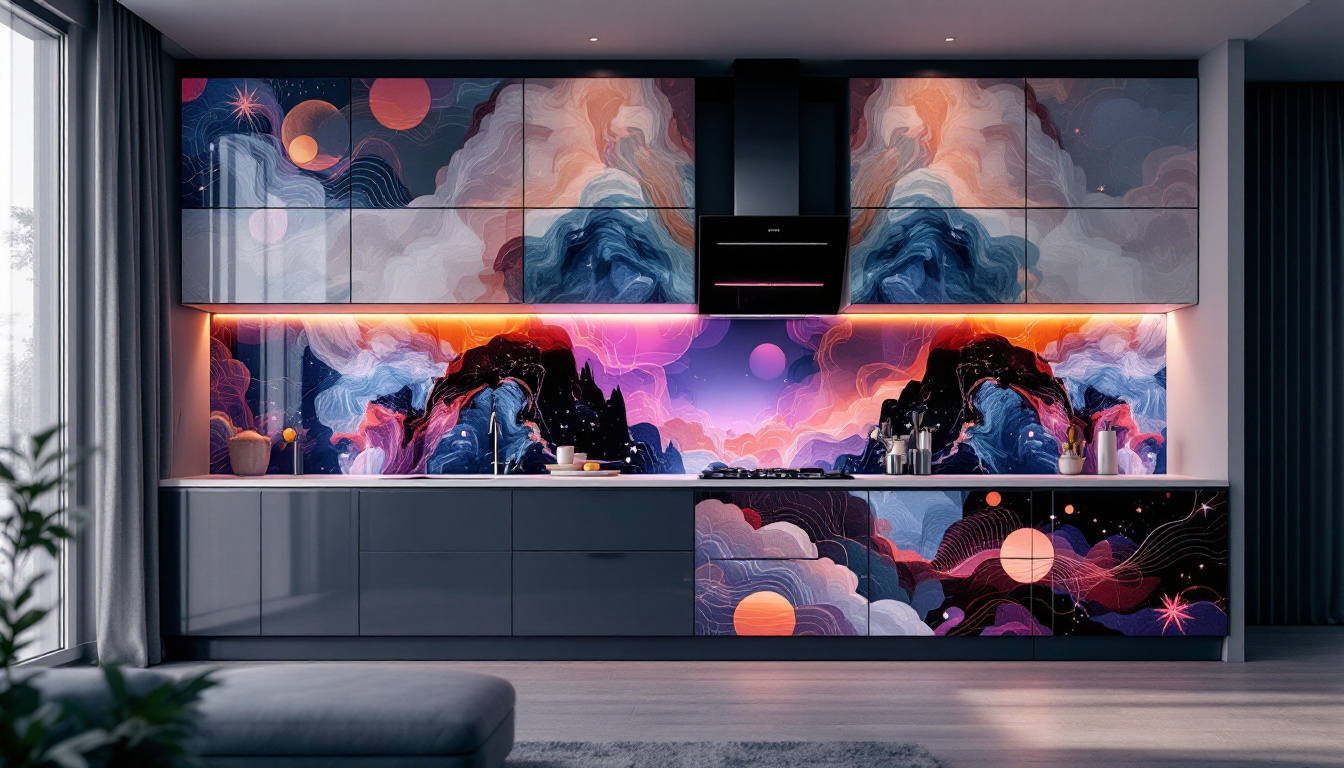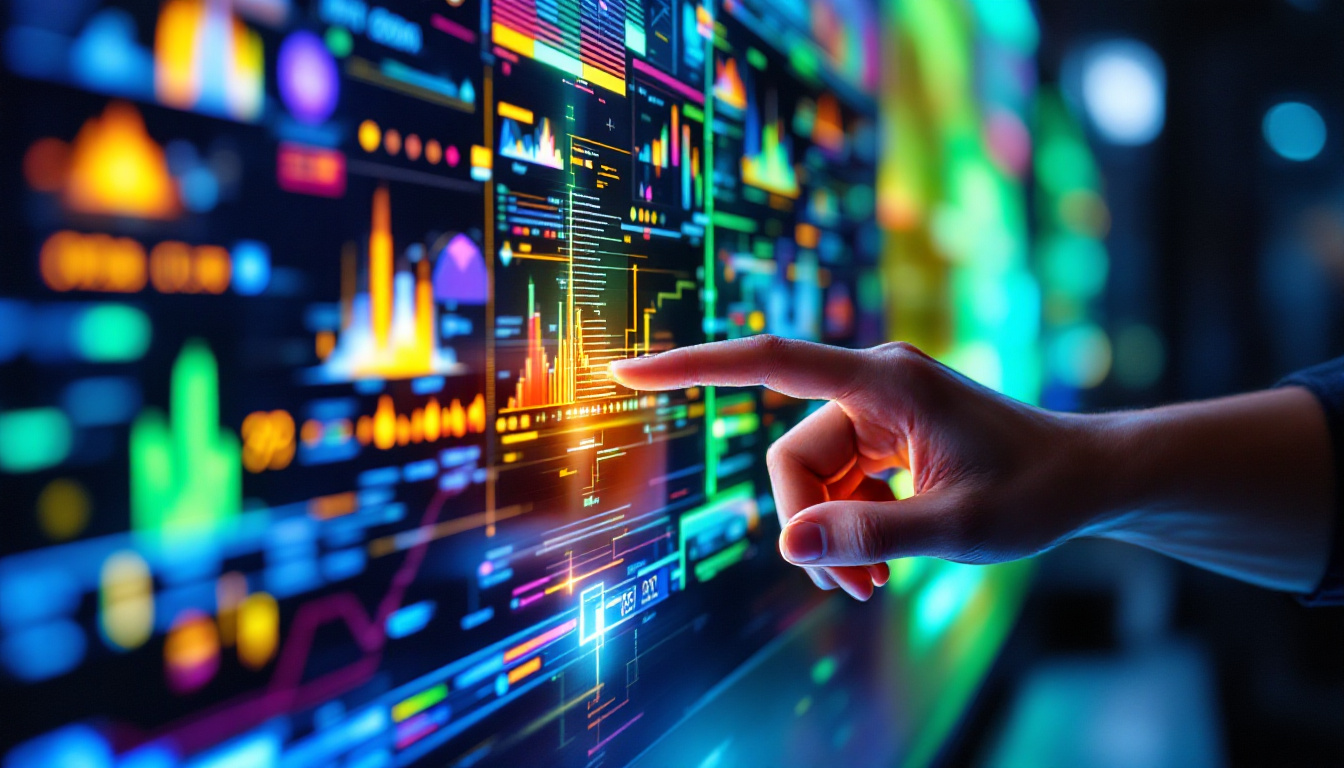In today’s technologically advanced world, LED displays have become a ubiquitous part of our daily lives. From large-scale advertising billboards to the screens of our smartphones, LED technology has revolutionized the way information is conveyed visually. This article delves into the intricacies of LED displays, exploring their components, benefits, applications, and future trends.
Understanding LED Technology
Light Emitting Diodes (LEDs) are semiconductor devices that emit light when an electric current passes through them. The basic principle behind LED technology is the electroluminescence phenomenon, where certain materials emit light when energized. This section will explore the core components of LED displays and how they function.
Components of an LED Display
An LED display is composed of several essential components, each playing a crucial role in its overall functionality. The primary elements include:
- LED Modules: These are the building blocks of an LED display, consisting of multiple LEDs arranged in a grid pattern. Each module can be independently controlled to create dynamic images and videos.
- Controller: The controller processes the input signals and determines how the LED modules should respond. It ensures that the correct colors and images are displayed in real-time.
- Power Supply: LEDs require a stable power source to function effectively. The power supply converts the electrical energy into the appropriate voltage and current needed for the LEDs.
How LED Displays Work
LED displays operate by lighting up individual LEDs to create images and videos. Each LED can emit different colors, typically red, green, and blue (RGB). By varying the intensity of these colors, a wide spectrum of hues can be produced. The combination of these colors at different intensities allows for the display of complex images and videos.
The controller synchronizes the operation of the LEDs, ensuring that the correct color and brightness are achieved for each pixel on the screen. This rapid switching and color mixing create the illusion of a continuous image, making LED displays highly effective for dynamic content.
In addition to the core components, LED displays may also incorporate advanced technologies such as pixel mapping and image processing algorithms. Pixel mapping allows for the precise alignment of images across multiple modules, ensuring that the visuals appear seamless and coherent. Image processing algorithms enhance the quality of the displayed content by adjusting brightness, contrast, and color accuracy, resulting in a more vibrant and lifelike viewing experience. These technologies are particularly valuable in large-scale displays, such as those used in stadiums and concert venues, where high-quality visuals are essential for audience engagement.
Moreover, the versatility of LED technology extends beyond traditional displays. Innovations such as flexible LED screens and transparent displays are emerging, allowing for creative applications in architecture and advertising. Flexible LED screens can be bent and shaped to fit unconventional spaces, while transparent displays can blend into their surroundings, offering a futuristic aesthetic. These advancements are pushing the boundaries of how we interact with visual media, making LED technology a cornerstone of modern display solutions.
Benefits of LED Displays
LED displays offer numerous advantages over traditional display technologies, making them a popular choice across various industries. Here are some of the key benefits:
Energy Efficiency
One of the most significant advantages of LED displays is their energy efficiency. Compared to traditional incandescent or fluorescent displays, LEDs consume significantly less power. This not only reduces operational costs but also contributes to a lower carbon footprint, making them an environmentally friendly option. Furthermore, the reduced energy consumption translates into lower heat generation, which can enhance the longevity of the display and surrounding equipment, creating a more sustainable ecosystem in commercial and residential settings.
High Brightness and Visibility
LED displays are known for their exceptional brightness, which makes them visible even in direct sunlight. This characteristic is particularly beneficial for outdoor advertising and public displays, where visibility is crucial. The high contrast ratio of LED technology also ensures that images remain sharp and vibrant, enhancing the viewer’s experience. Additionally, the ability to adjust brightness levels dynamically allows for optimal viewing in various lighting conditions, ensuring that content is always presented at its best, whether in a bustling urban environment or a dimly lit venue.
Longevity and Durability
LED displays have a longer lifespan compared to traditional display technologies. With a typical lifespan of 50,000 hours or more, they require less frequent replacements, reducing maintenance costs. Additionally, LEDs are more robust and resistant to environmental factors, making them suitable for both indoor and outdoor applications. Their resilience against shock, vibration, and extreme temperatures means that they can perform reliably in a wide range of conditions, from the heat of a summer day to the chill of winter nights. This durability not only enhances their appeal for businesses looking for long-term solutions but also ensures that they can withstand the rigors of high-traffic areas, such as shopping malls and sports arenas, without compromising on performance.
Applications of LED Displays
The versatility of LED displays has led to their widespread adoption across various sectors. Here are some of the most common applications:
Advertising and Marketing
LED displays have transformed the advertising landscape. Their ability to display dynamic content allows businesses to engage customers more effectively. From large billboards in busy urban areas to digital signage in retail stores, LED technology provides an eye-catching platform for promotional messages. The interactivity offered by some LED displays, such as touch screens or integration with mobile apps, further enhances customer engagement, allowing for personalized marketing experiences that can significantly increase conversion rates. Additionally, the energy efficiency of LED displays compared to traditional lighting solutions means that businesses can save on operational costs while also promoting a greener image.
Entertainment and Events
In the entertainment industry, LED displays are used extensively for concerts, sports events, and festivals. Large-scale LED screens enhance the audience’s experience by providing clear visuals and vibrant colors. They can also be used for live broadcasting, ensuring that viewers have a front-row experience, regardless of their location. Beyond just visuals, LED displays can synchronize with sound systems to create immersive experiences, where lighting effects complement the music or performance. This technology has also enabled the rise of virtual and augmented reality experiences at events, where LED screens serve as a backdrop for interactive elements, captivating audiences in ways that were previously unimaginable.
Transportation and Public Information
LED displays play a crucial role in transportation systems, providing real-time information to commuters. From electronic billboards displaying traffic updates to train and bus station displays showing arrival times, LED technology enhances communication and improves the overall efficiency of public transport systems. Moreover, these displays can be programmed to provide multilingual information, catering to diverse populations and tourists, which is essential in busy urban areas. The durability and low maintenance of LED technology also make it ideal for outdoor applications, where exposure to the elements can be a concern. As cities continue to evolve, the integration of LED displays into smart transportation systems promises to further streamline travel, offering features like predictive analytics for traffic patterns and alerts for public safety, ensuring that commuters are always informed and safe.
Future Trends in LED Display Technology
The LED display industry is continuously evolving, with new advancements and trends emerging regularly. Here are some of the anticipated developments in the coming years:
Advancements in Resolution
As technology progresses, the demand for higher resolution displays continues to grow. Future LED displays are expected to feature even higher pixel densities, resulting in sharper images and more detailed visuals. This trend will be particularly significant for applications requiring high-definition content, such as virtual reality and augmented reality experiences.
Flexible and Transparent Displays
Innovations in LED technology are paving the way for flexible and transparent displays. These displays can be integrated into various surfaces, including windows and walls, creating new opportunities for advertising and design. The ability to bend and shape displays will also lead to more creative and engaging installations.
Smart LED Displays
The integration of smart technology into LED displays is on the rise. With the advent of IoT (Internet of Things), future LED displays will be able to connect to the internet, allowing for real-time updates and remote management. This capability will enhance the functionality of displays in advertising, public information, and entertainment applications.
Challenges Facing LED Display Adoption
Despite their numerous advantages, the adoption of LED displays is not without challenges. Understanding these obstacles is essential for stakeholders in the industry.
Initial Costs
While LED displays offer long-term savings due to their energy efficiency and longevity, the initial investment can be significant. This upfront cost can deter some businesses from making the switch from traditional display technologies. However, as technology advances and production costs decrease, this barrier is gradually being overcome.
Technical Expertise
Implementing and maintaining LED display systems requires a certain level of technical expertise. Businesses may need to invest in training or hire specialized personnel to manage these systems effectively. This requirement can pose a challenge, particularly for smaller organizations with limited resources.
Environmental Concerns
While LED displays are more energy-efficient, concerns about the environmental impact of their production and disposal remain. The materials used in LEDs, such as heavy metals, can pose environmental risks if not managed properly. As the industry evolves, there is a growing emphasis on sustainable manufacturing practices and recycling initiatives to address these concerns.
Conclusion
LED displays have undoubtedly transformed the way information is presented and consumed. Their energy efficiency, longevity, and versatility make them a preferred choice across various industries. As technology continues to advance, the future of LED displays looks promising, with innovations that will further enhance their capabilities and applications.
While challenges remain, the benefits of LED displays far outweigh the drawbacks. As businesses and organizations increasingly recognize the value of dynamic visual communication, the adoption of LED technology is expected to grow. Embracing this technology not only enhances engagement but also contributes to a more sustainable future.
Discover LumenMatrix’s Innovative LED Solutions
Ready to elevate your visual communication with the latest in LED display technology? LumenMatrix is at the forefront of creating immersive and dynamic visual experiences. Whether you’re interested in Indoor LED Wall Displays, Outdoor LED Wall Displays, or specialized solutions like Vehicle LED Displays, LED Sports Displays, or Custom LED Displays, LumenMatrix has a solution tailored to your needs. Embrace the future of engagement with our cutting-edge LED Transparent Displays and All-in-One LED Display solutions. Check out LumenMatrix LED Display Solutions today and transform the way you connect with your audience.

